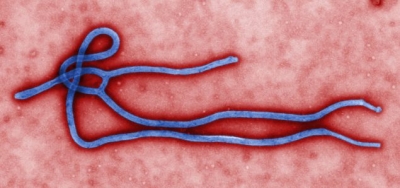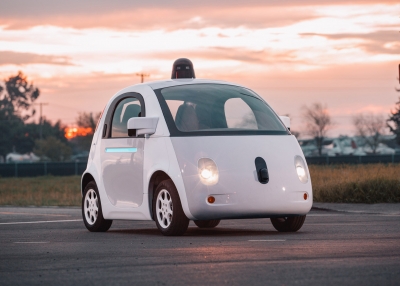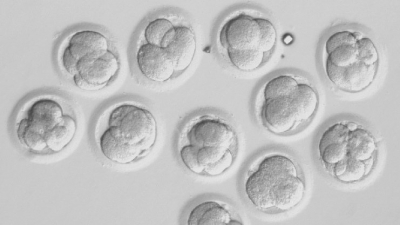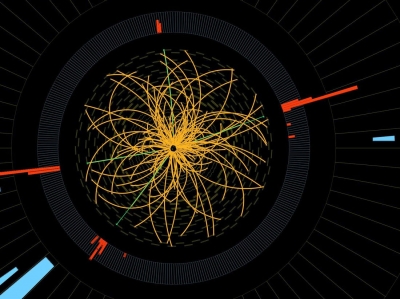When did New species the Homo naledi discovered?
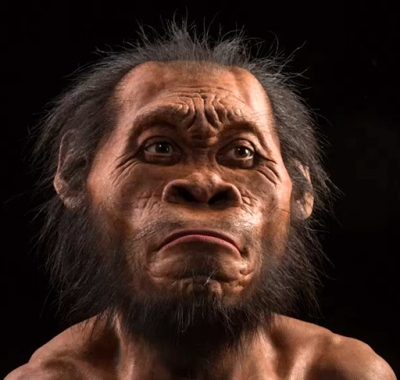
In late 2015, scientist announced the discovery of a new species of human ancestor – the Homo naledi. The species had a tiny brain and ape-like shoulders for climbing. However, in many ways, it looks similar to humans. Fossils of the creature were found in South Africa’s Cradle of Humankind cave system.
Further studies showed that the Homo naledi was relatively young, living at least between 236,000 and 335,000 years ago.
The unearthed fossils were from at least 15 individuals and include multiple examples of most of the bones in the skeleton. Based on this wide range of specimens from a single site, Berger et al. describe Homo naledi as being similar in size and weight to a small modern human, with human-like hands and feet. Furthermore, while the skull had several unique features, it had a small braincase that was most similar in size to other early hominin species that lived between four million and two million years ago. Homo naledi's ribcage, shoulders and pelvis also more closely resembled those of earlier hominin species than those of modern humans.
The Homo naledi fossils are the largest collection of a single species of hominin that has been discovered in Africa so far and, in a related study, Dirks et al. describe the setting and context for these fossils. However, since the age of the fossils remains unclear, one of the next challenges will be to date the remains to provide more information about the early evolution of humans and their close relatives.
Picture Credit : Google
